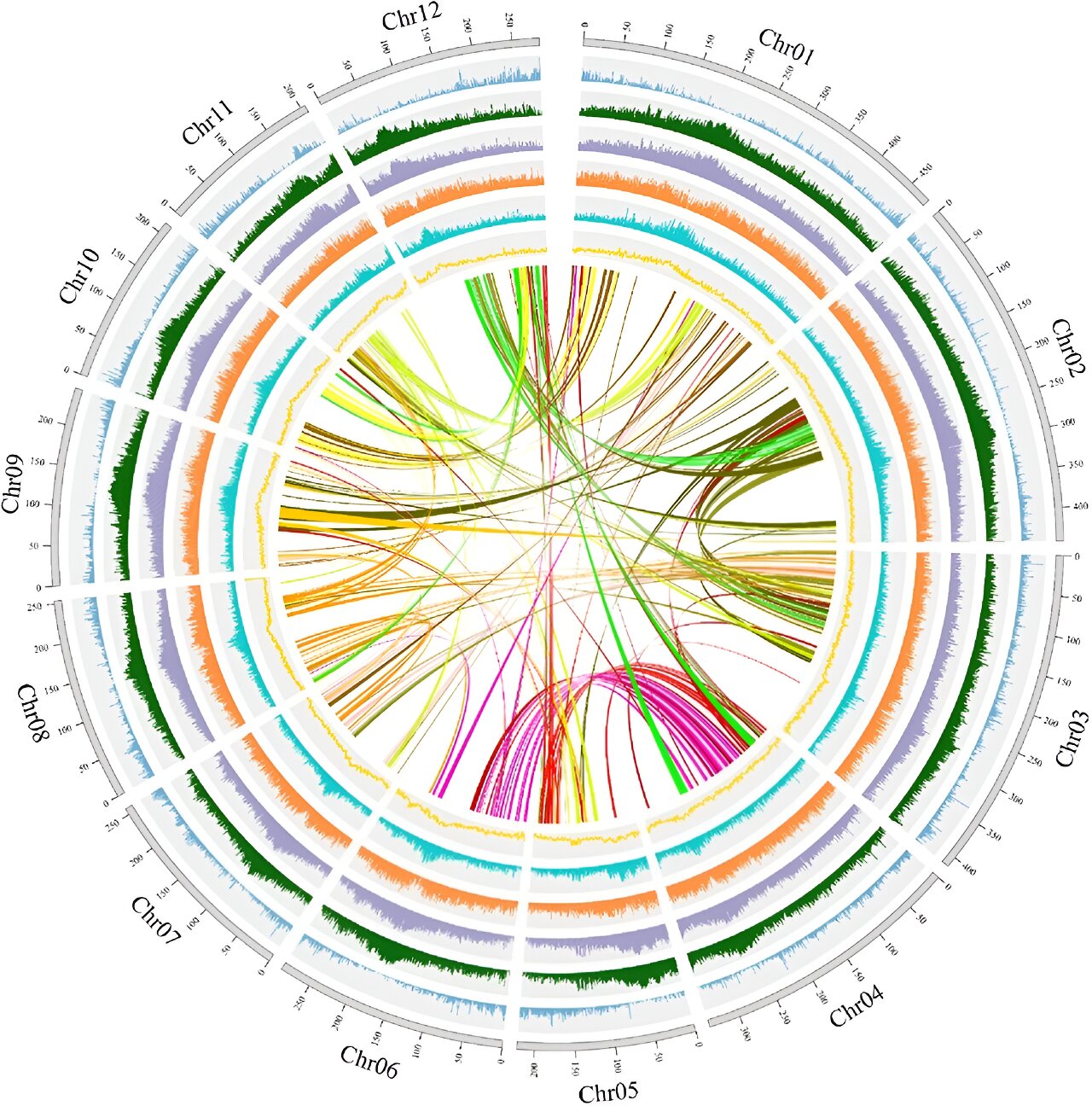Metabolomics Uncovers Plant Stress Responses, Enhancing Breeding and Conservation Strategies
September 13, 2024
Furthermore, studies suggest a correlation between metabolic profiles and oil extraction rates as well as fruit yield, underscoring the potential of metabolomics in breeding programs.
The findings stress the importance of effective conservation strategies that maintain diverse populations to protect the genetic integrity of M. integrifolia.
A significant portion of genetic variation, approximately 63.39%, occurs among populations, indicating that conserving only a limited number of populations is insufficient for preserving overall genetic diversity.
Research has shown that Subicho peppers under biotic stress undergo a metabolic shift, reallocating resources from sugar storage to bolster defense mechanisms against pathogens.
Recent advancements in biotechnological approaches, including genomic selection and statistical tools, aim to enhance the efficiency of breeding programs across various plant species.
Metabolomics is providing valuable insights into how plants respond to biotic stress, which can significantly inform breeding strategies aimed at enhancing both quality and economic viability in the pepper industry.
M. integrifolia, a plant traditionally used in Tibetan medicine, faces endangerment due to environmental changes and human activities, highlighting the need for conservation efforts.
Genetic differentiation analysis revealed substantial variation among populations, with a population differentiation index (Fst) of 0.57621 for ITS sequences.
Rhododendron, a highly valued ornamental plant with over 1200 varieties, has only a few that produce aromatic flowers, emphasizing the significance of ongoing research in this area.
The study investigates the mechanisms behind fragrance formation in the ornamental flower Rhododendron, focusing on both fragrant and non-fragrant varieties to understand genetic and biochemical pathways.
Additionally, the study analyzed the metabolomic profiles of three Rhododendron cultivars before and after exposure to azalea lace bug stress, using advanced techniques to assess their responses.
The findings provide insights into the mechanisms of Rhododendron resistance to pests, which could inform future pest management strategies.
Summary based on 7 sources
Get a daily email with more Science stories
Sources

Phys.org • Sep 11, 2024
Decoding Atractylodes lancea: A genomic journey through adaptation and metabolism